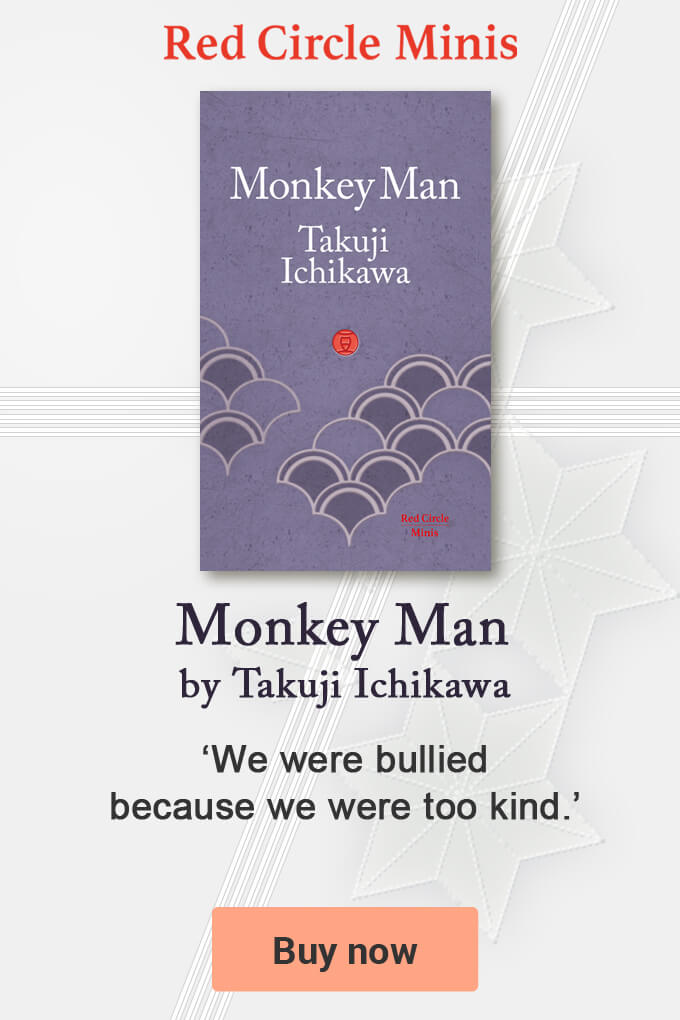The word is a combination of two characters ‘pile up’ and ‘read’. As it has no similar synonym in English it has been listed as one of ten interesting words for book lovers on Oxford Dictionary’s Blog.
According to Professor Andrew Gerstle at the University of London, the term was used as far back as 1879, in the early Meiji Period (1868-1912), or Meiji 12 as it is known in Japan.
For reference this was the year that the Taisho Emperor (1879-1926) and the author Nagai Kafu (1879-1956) were born and the first Blackwell’s bookshop was opened in Oxford in the United Kingdom.
The Japanese word for novel shosetsu written using two characters meaning ‘small’ and ‘talk’ first came into use as a Japanese term for fiction in 1754; following the successful translation and adaptation of Chinese books such as Sui-Hu Chuan (The Water Margin), pronounced Suikoden in Japanese.
In the 1880s Shoyo Tsubouchi (1859-1935), a Japanese writer and translator and professor at Waseda University, first proposed that the term shosetsu be adopted as the standard Japanese translation for the English word novel and the French word roman in his paper titled: Shosetsu shinzui (The Essence of the Novel).
During the 125 years between the word shosetsu entering the Japanese language and the word tsundoku being coined and finding wide use a considerable number of books were written and published in Japan, and in the Meiji Period many books were translated into Japanese from English and other languages for the first time, no doubt, creating some rather impressive reading piles.
© Red Circle Authors Limited

